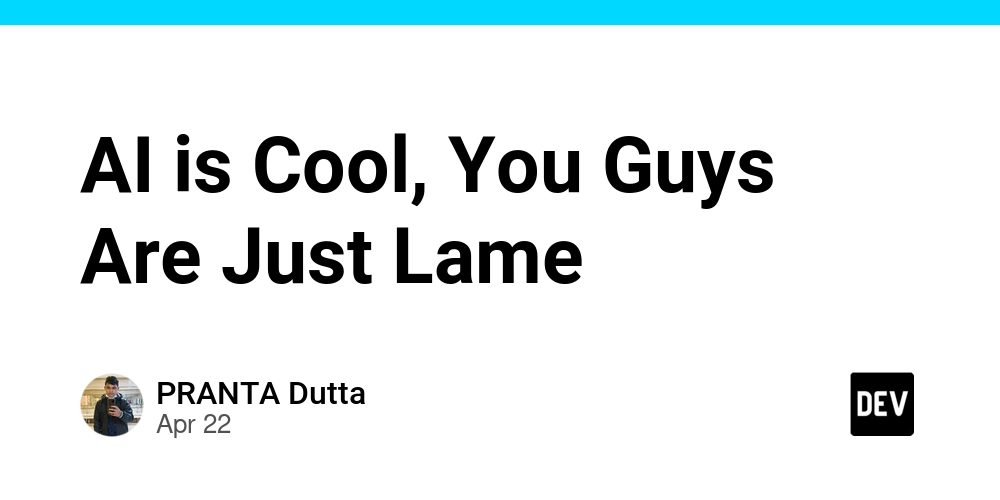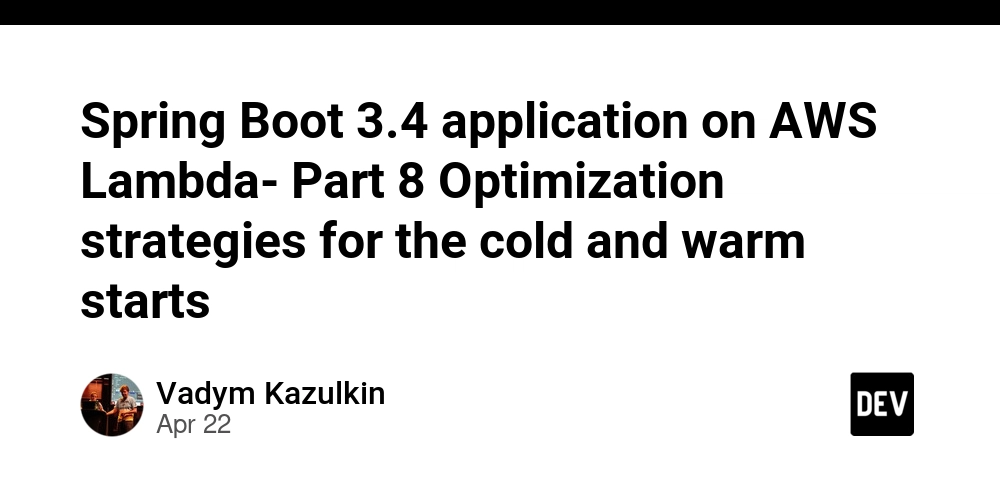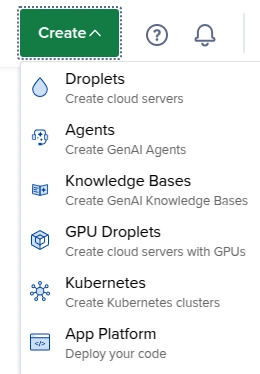What is Python? Everything You Need to Know About This Popular Programming Language
What is Python? Introduction In the world of programming, few languages have gained as much popularity and widespread use as Python. Whether you're a complete beginner or a seasoned developer exploring new tools, Python is likely a name you’ve heard repeatedly. But what is Python, and why is it such a big deal in the tech industry today? In this article, we'll examine Python in more detail, exploring its features, uses, and why it has become a favorite among developers, data scientists, educators, and companies worldwide. What is Python? Python is a high-level, interpreted programming language known for its clear syntax and readability. Created by Guido van Rossum and first released in 1991, Python was designed to emphasize code readability and simplicity, making it an ideal choice for beginners and professionals alike. Unlike lower-level programming languages that can be difficult to learn due to their complex syntax, Python focuses on being intuitive and easy to understand. This simplicity allows developers to write fewer lines of code to perform complex tasks. Why is Python So Popular? Python’s popularity can be attributed to several key factors: Easy to Learn and Use: Python’s syntax is clean and straightforward, resembling plain English. This makes it perfect for beginners looking to learn programming. Versatile: Python is used in web development, data science, machine learning, automation, scripting, artificial intelligence, game development, and more. Huge Community Support: With millions of users worldwide, Python has a massive online community. If you ever run into a problem, there's a good chance someone else has faced it—and solved it. Extensive Libraries and Frameworks: From Django and Flask (web development) to NumPy, Pandas, and TensorFlow (data science and machine learning), Python has powerful libraries for almost any task. How is Python Used? Python is not limited to one specific type of task. In fact, its adaptability is one of its strongest advantages. Here are some of the most common areas where Python is used: Web Development: Python frameworks like Django and Flask make it easy to build robust, secure, and scalable websites. Data Science & Analytics: Python is the go-to language for data analysis and visualization, with libraries like Matplotlib, Seaborn, and Pandas. Machine Learning & AI: Tools like Scikit-learn and TensorFlow allow developers to build intelligent systems using Python. Automation/Scripting: Python is great for writing small scripts to automate repetitive tasks like file management, data entry, or system monitoring. Game Development: Libraries like Pygame let developers create simple 2D games in Python. Education: Due to its simplicity, Python is often the first programming language taught in schools and coding bootcamps. Python Syntax: A Quick Look If you’re curious about how Python code looks, here’s a quick example. This simple script prints “Hello, World!” to the screen: print("Hello, World!") And here's a basic function: def greet(name): return f"Hello, {name}!" print(greet("Alice")) This is just a glimpse of what you can do. A proper Python tutorial can guide you through everything from variables and loops to object-oriented programming and working with APIs. Where to Start Learning Python If you're new and wondering how to begin, there are countless Python tutorials available online—both free and paid. Some popular platforms include: Codecademy Coursera Udemy W3Schools Real Python The official Python website (python.org) When choosing a tutorial, look for one that offers hands-on coding exercises, projects, and clear explanations. Starting with small projects like a calculator, to-do list, or a simple web scraper can help solidify your understanding. The Future of Python With the growing importance of fields like data science, artificial intelligence, and automation, Python’s relevance continues to rise. Companies like Google, Netflix, NASA, and Facebook use Python in various applications—from backend development to data analysis and internal tools. Python is also regularly updated, with new versions adding more powerful features while maintaining backward compatibility. This means it’s not only beginner-friendly but also future-proof. Conclusion So, what is Python? It’s more than just a programming language—it’s a gateway into the world of tech and innovation. Its simplicity, power, and flexibility make it a perfect choice for anyone looking to start a career in programming or automate tasks in their current role. If you're ready to dive in, start with a Python tutorial, write your first few lines of code, and see where this incredible language can take you.

What is Python?
Introduction
In the world of programming, few languages have gained as much popularity and widespread use as Python. Whether you're a complete beginner or a seasoned developer exploring new tools, Python is likely a name you’ve heard repeatedly. But what is Python, and why is it such a big deal in the tech industry today?
In this article, we'll examine Python in more detail, exploring its features, uses, and why it has become a favorite among developers, data scientists, educators, and companies worldwide.
What is Python?
Python is a high-level, interpreted programming language known for its clear syntax and readability. Created by Guido van Rossum and first released in 1991, Python was designed to emphasize code readability and simplicity, making it an ideal choice for beginners and professionals alike.
Unlike lower-level programming languages that can be difficult to learn due to their complex syntax, Python focuses on being intuitive and easy to understand. This simplicity allows developers to write fewer lines of code to perform complex tasks.
Why is Python So Popular?
Python’s popularity can be attributed to several key factors:
- Easy to Learn and Use: Python’s syntax is clean and straightforward, resembling plain English. This makes it perfect for beginners looking to learn programming.
- Versatile: Python is used in web development, data science, machine learning, automation, scripting, artificial intelligence, game development, and more.
- Huge Community Support: With millions of users worldwide, Python has a massive online community. If you ever run into a problem, there's a good chance someone else has faced it—and solved it.
- Extensive Libraries and Frameworks: From Django and Flask (web development) to NumPy, Pandas, and TensorFlow (data science and machine learning), Python has powerful libraries for almost any task.
How is Python Used?
Python is not limited to one specific type of task. In fact, its adaptability is one of its strongest advantages. Here are some of the most common areas where Python is used:
- Web Development: Python frameworks like Django and Flask make it easy to build robust, secure, and scalable websites.
- Data Science & Analytics: Python is the go-to language for data analysis and visualization, with libraries like Matplotlib, Seaborn, and Pandas.
- Machine Learning & AI: Tools like Scikit-learn and TensorFlow allow developers to build intelligent systems using Python.
- Automation/Scripting: Python is great for writing small scripts to automate repetitive tasks like file management, data entry, or system monitoring.
- Game Development: Libraries like Pygame let developers create simple 2D games in Python.
- Education: Due to its simplicity, Python is often the first programming language taught in schools and coding bootcamps.
Python Syntax: A Quick Look
If you’re curious about how Python code looks, here’s a quick example. This simple script prints “Hello, World!” to the screen:
print("Hello, World!")
And here's a basic function:
def greet(name):
return f"Hello, {name}!"
print(greet("Alice"))
This is just a glimpse of what you can do. A proper Python tutorial can guide you through everything from variables and loops to object-oriented programming and working with APIs.
Where to Start Learning Python
If you're new and wondering how to begin, there are countless Python tutorials available online—both free and paid. Some popular platforms include:
- Codecademy
- Coursera
- Udemy
- W3Schools
- Real Python
- The official Python website (python.org)
When choosing a tutorial, look for one that offers hands-on coding exercises, projects, and clear explanations. Starting with small projects like a calculator, to-do list, or a simple web scraper can help solidify your understanding.
The Future of Python
With the growing importance of fields like data science, artificial intelligence, and automation, Python’s relevance continues to rise. Companies like Google, Netflix, NASA, and Facebook use Python in various applications—from backend development to data analysis and internal tools.
Python is also regularly updated, with new versions adding more powerful features while maintaining backward compatibility. This means it’s not only beginner-friendly but also future-proof.
Conclusion
So, what is Python? It’s more than just a programming language—it’s a gateway into the world of tech and innovation. Its simplicity, power, and flexibility make it a perfect choice for anyone looking to start a career in programming or automate tasks in their current role.
If you're ready to dive in, start with a Python tutorial, write your first few lines of code, and see where this incredible language can take you.
















_Brain_light_Alamy.jpg?width=1280&auto=webp&quality=80&disable=upscale#)


















































